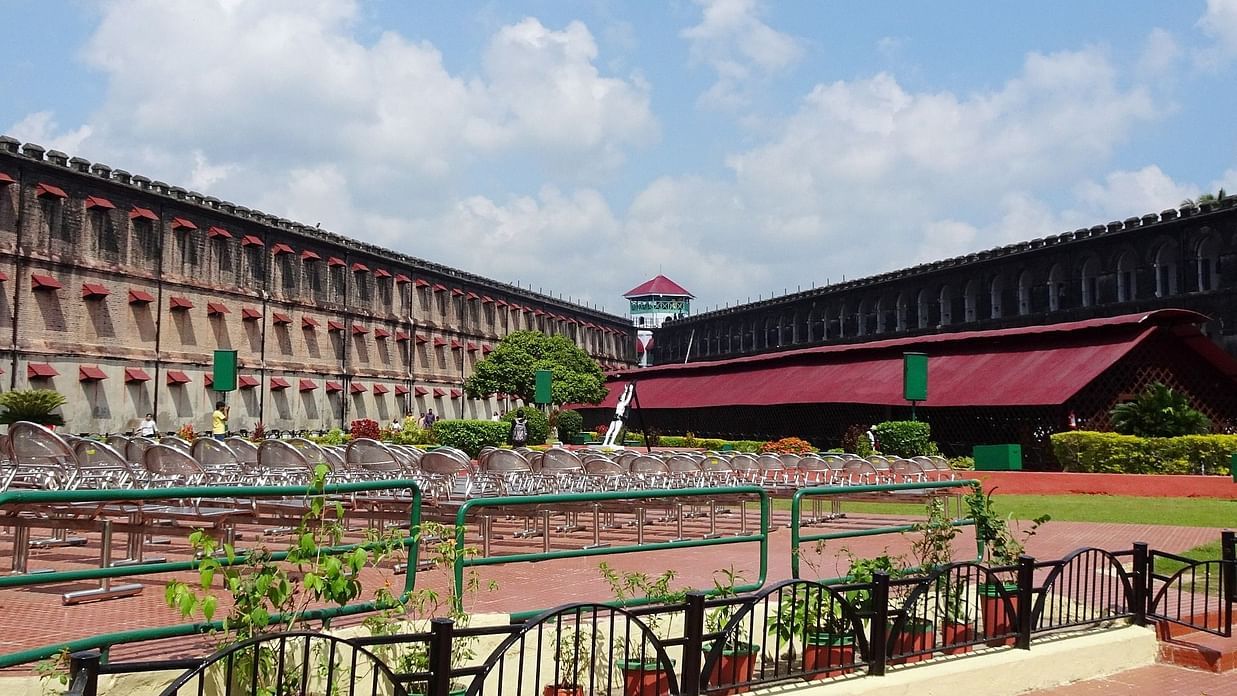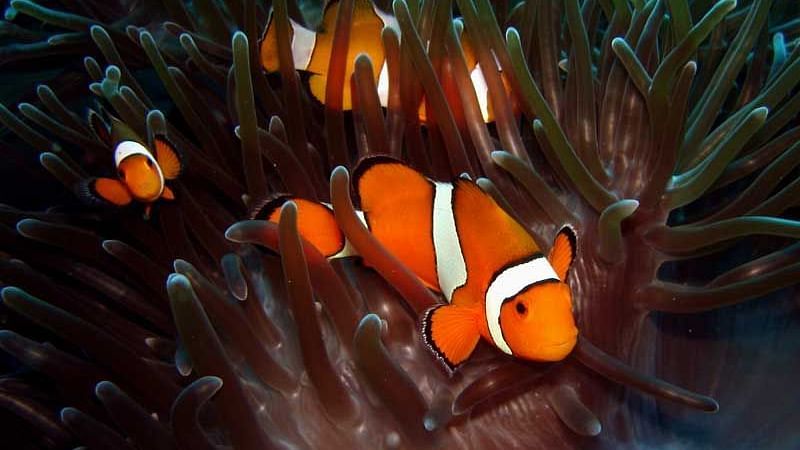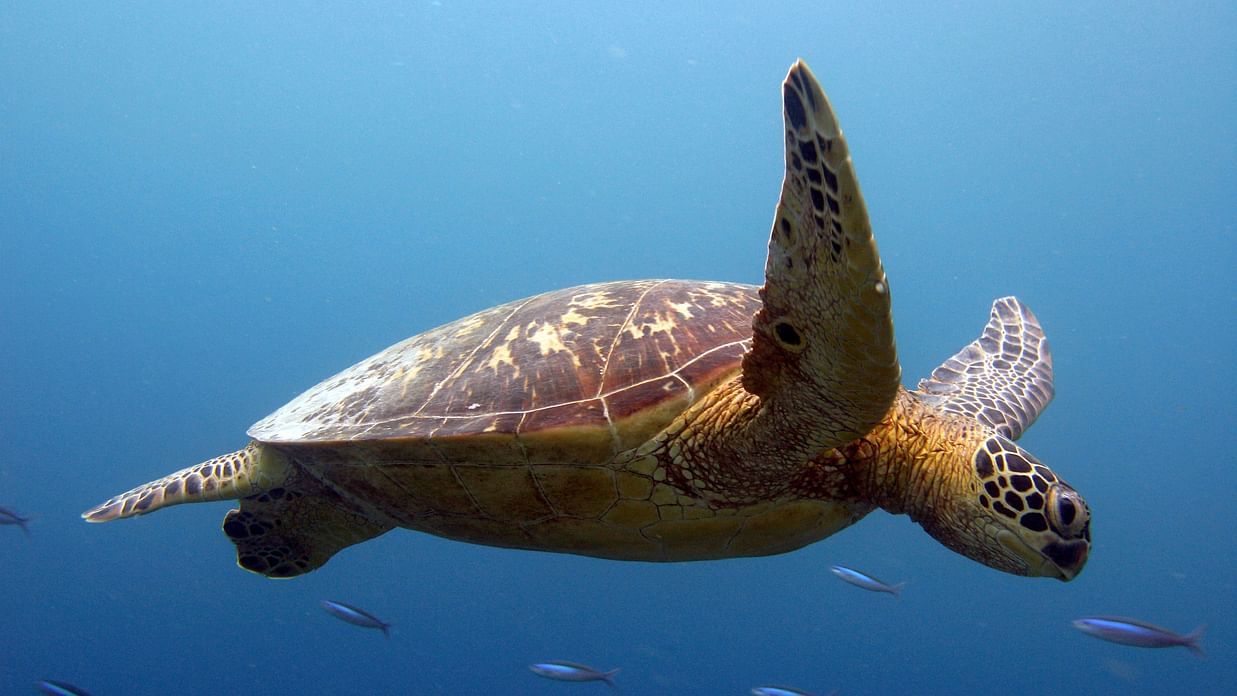History
Cellular Jail
In 1858, the British established a colony at Port Blair after gaining rights from the Danish colonial rule. The primary purpose was to set up a penal colony for criminal convicts and anybody who rose their voices against the British colonial rule in the Indian subcontinent.
The colony came to include the infamous Cellular Jail, popularly known as the kaala paani.

World War II
Tsunami
Climate
Wildlife and Exotic Sea Creatures

The islands are inhabited by a few dozen species of terrestrial and marine mammals, a number of which include dugongs, spotted deer, whales, shrews, dolphins, and macaques.
The island is home to more than 200 species of birds, including many endemic varieties. Numerous types of snakes and lizards inhabit the tropical forests, and saltwater crocodiles, a wide variety of fishes, turtles, and sea snakes are abundant in the coastal waters.
Turtle Nesting in Diglipur
To witness turtle nesting you need to head to Diglipur. Here, you can get to the picturesque Aamkunj beach, the Dhaninallah beach or head to Karmatang which is called the ‘Turtle Paradise’ of India.
You’ll see four types of turtles nesting in Andaman – Leatherback, Hawksbill, Green Turtle and Olive Ridley. The turtle nesting activity is trending to make a comeback after the setback of the 2004 Tsunami.
